A 1,000-Pound Meteoroid Crashed Over Texas, Shaking Residents' Houses, NASA Says
The space rock was two feet in diameter and weighed 1,000 pounds.
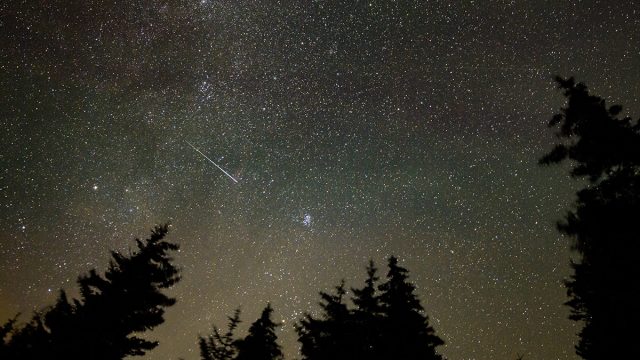
Last week, a huge meteoroid crashed into the Earth's atmosphere over Texas, a collision so intense that it produced a loud boom and shook residents' houses, NASA said. The space rock was two feet in diameter and weighed 1,000 pounds before it broke into pieces and scattered near McAllen, Texas, near the border with Mexico. Experts believe it was traveling at 27,000 miles per hour when it broke up. Read on to find out more about the strike, including whether anyone on the ground was in danger, and why NASA says the incident was significant.
Residents Thought It Was an Explosion or Earthquake
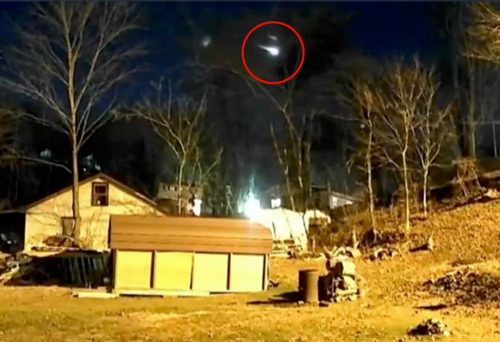
The meteoroid was seen streaking across the sky at about 5 p.m. on Feb. 15 before it crashed into the atmosphere, making a loud bang. Several home security cameras captured the sight. Residents of McAllen, Texas, reported hearing the noise and thought they might be experiencing an earthquake. Several law enforcement agencies near McAllen received calls from residents who heard what sounded like an explosion. Air traffic controllers in Houston received two reports from aircraft about a meteorite west of the city, and the strike was big enough to be seen on satellite, CBS News reported.
Broke Up 21 Miles Above Earth
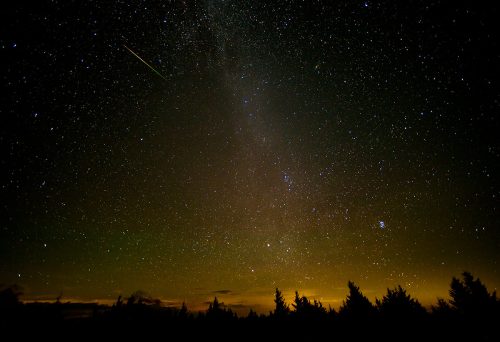
Although a half-ton space rock hurtling toward Earth might sound ominous, experts say people on the ground were in no danger. It appears this meterorite broke into pieces about 21 miles above Earth—although this one had the power of about eight tons of TNT. "Although meteorites tend to hit Earth's atmosphere at high speeds, they slow as they travel through the atmosphere, breaking into small fragments before hitting the ground," said NASA. "Meteorites cool rapidly and generally are not a risk to the public."
No Reports of Damage
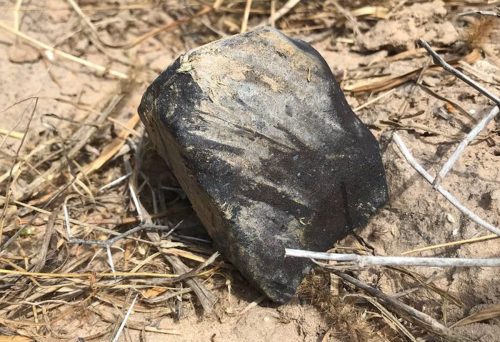
The exact point of impact is unknown, and there have been no reports of damage, authorities said. Anyone who thinks they've found a fragment of the meteoroid should contact the Smithsonian, NASA said. Meteoroids are objects in space. When they enter Earth's atmosphere, they're called meteors, "shooting stars" or "fireballs." Meteorites enter Earth's atmosphere and hit the ground. About once a year, an asteroid the size of a car enters the atmosphere, usually burning up before reaching the ground, NASA says.
Meteor Is "A Reminder," NASA Says
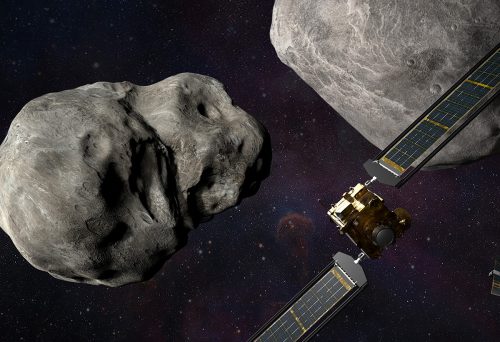
The meteor sighting comes about five months after NASA successfully crashed the $330 million spacecraft DART into an asteroid, knocking it off course. It was a test to see if the technology could be used to protect Earth from an asteroid strike. "The meteor seen in the skies above McAllen is a reminder of the need for NASA and other organizations to increase our understanding and protection of Earth, to combine scientific and engineering expertise to advance human space exploration, to integrate terrestrial and planetary research for furthering our understanding of the solar system, and to promote successful space missions by mitigating risk," NASA said.
"We've Always Known We Don't Want to Get Hit"

Astrophysicist Neil DeGrasse Tyson appeared on CBS Mornings to discuss how officials are preparing to protect Earth against an asteroid strike. "We've always known we don't want to get hit, said Tyson. "We've been hit—and let's talk to the dinosaurs about what happens when you get hit. We remember the dinosaurs because they have big teeth and they are ferocious, but few people think about that 70 percent of all the world's species of life went extinct in that very same episode." "Little ones can come, and maybe we won't go extinct, but it can take out our grid, and we might have to jump-start civilization," he said.














